The Indian small screen industry can pick a few lessons from international TV shows and come up with fresher concepts. We offer a few suggestions...
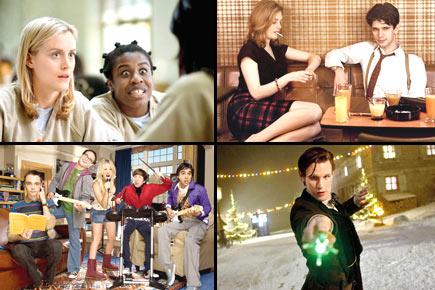
If you have a favourite Hindi TV show, do you ever worry about its finale? Chances are you don’t and that’s precisely where the problem lies. The concept of seasonal series isn’t the norm in Indian television — yet. In fact, the episodes just go on and on through the weekdays making you wonder when are they ever going to give up.
Which is also why the creative aspects are blatantly ignored as a given show progresses. Of course, there are exceptions but we don’t see a lineup of desi TV shows getting downloaded or binge-watched either — yet, again. On the contrary, television in the West benefits a lot from the way they function. Writers are well-paid (with most of them moving from big screen to small screen, ironically enough) and creative department is the most sought after. No wonder television series are a rage among those who don’t mind procuring them illegally on the internet. To drive home a point on what really makes the winning difference, hitlist points out some lessons that makers in Hindi television can draw from some of the following shows...
True Detective (2014)
Pointers: Comprising just eight episodes, each ranging about 45 minutes, it starred Matthew McConaughey and Woody Harrelson in the lead.

Matthew McConaughey (left) and Woody Harrelson in True Detective
ADVERTISEMENT
Meticulously written and sharply shot, a ritual murder case is made to string along so many facets — both present and past — that you’re forced to admire the writers behind the show. If something this beautiful can emerge from the marshes of Louisiana, there’s hope.
Game of Thrones (2011 — )
Pointers: If you thought Mahabharata is intriguing, you aren’t mistaken. But in the Indian epic, heroes or villains don’t die as soon as they begin to appear as the ultimate winner.
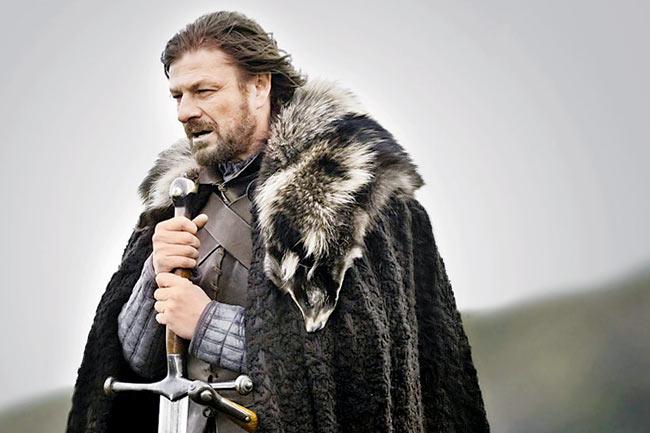
Sean Bean in Game of Thrones
On top of that, each episode of GOT cost around R33 crore to make. So one can wonder the amount of technicality that has gone into the picture. However, the show also begs supreme dedication from all the departments involved.
Suits (2011 — )
Pointers: There have been Indian shows on the lives of doctors, pilots, students and whatnot but there haven’t been many on lawyers. Corporate lawyers, for that matter.

Patrick J Adams (left) and Gabriel Macht in Suits
In this series, we notice the subtleties of law colliding with the manipulative minds of lawyers. Although it focuses on a successful law firm, you gradually realise that there are barely half a dozen people on whom the story actually zooms in.
The Big Bang Theory (2007 — )
Pointers: Science matters. But what matters more is its presentation in a user-friendly manner. Otherwise, it’s plain boring — something this Chuck Lorre show does wonderfully.
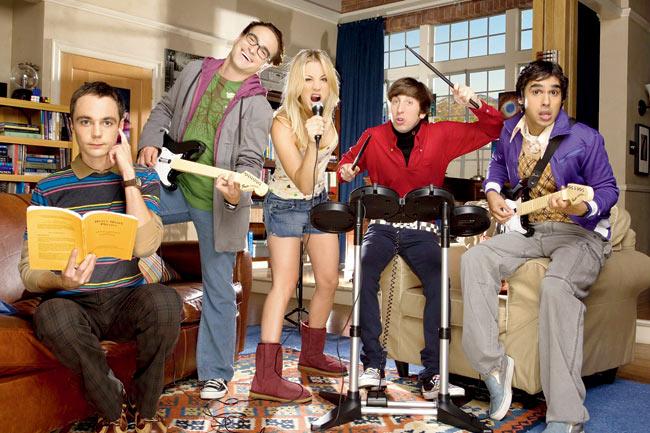
A still from The Big Bang Theory
It invests so little on props and sets that it’s not funny. A major part of the shooting is done inside either a drawing room or university cafeteria. But then, terrific writing — with all the Physics part intact — makes it happen.
House of Cards (2013 — )
Pointers: If politics is dirty, this show highlights the various ways it can be. And this is an American show. Just imagine how an Indian show would look like.
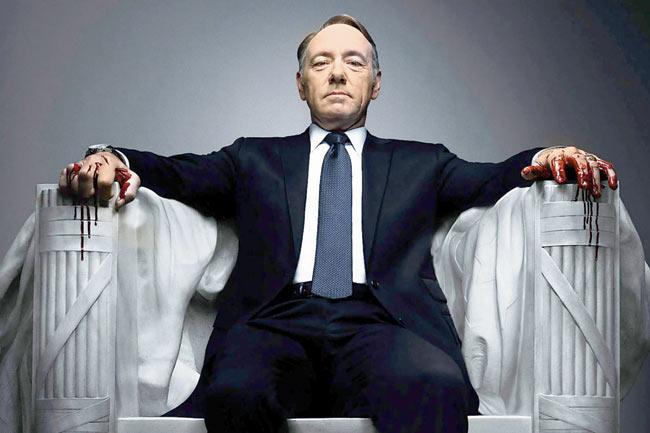
Kevin Spacey in House of Cards
Want to be at the top of the ladder by any means? This is how it’s done. The best thing is that the protagonist narrates his evil plan to the audience as if he’s requesting acceptance which is different from his Indian counterparts who seem to be talking to themselves all the time.
Dexter (2006 — 2013)
Pointers: One way to look at this show is that a psychotic guy can murder half a million people and still get away with it in the US.
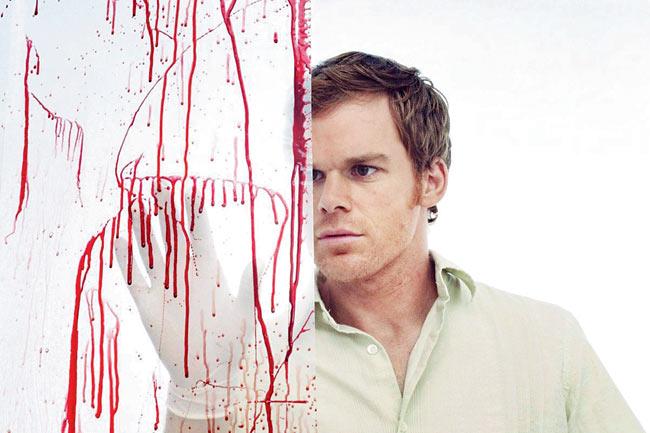
Michael C Hall in and as Dexter
The other way to look at it is the intrinsic attention to the ever-twisting script that keeps the protagonist on the edge but never pushes him off the cliff. Besides, he only kills the bad guys so the moral equation is maintained, unlike Indian TV characters whose past often reveal more dirt than the show can handle.
The Hour (2011 — 12)
Pointers: If passion and personal ethics are not involved in your work, it’s not a career, right? Wrong. And that’s something almost all the pivotal characters in this series adhere to.
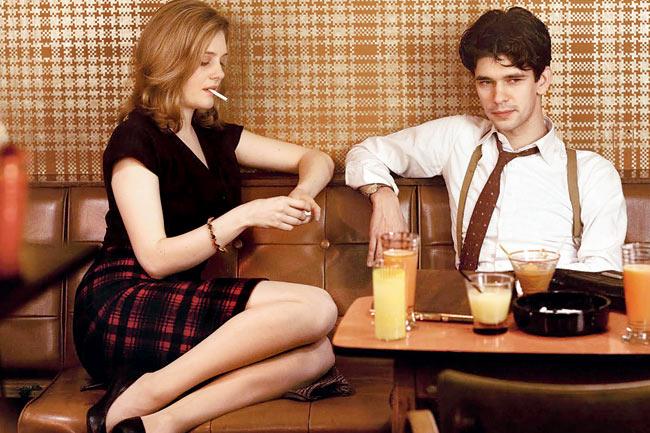
The Hour
Based entirely on journalism — can you think of a Hindi TV show featuring stories on journalists? — it features people who’d go to extreme lengths to make even the powerful kneel. Convincingly done, too.
The Mentalist (2008 — )
Pointers: Introducing the new Sherlock Holmes who cares to smile. Patrick Jane’s (Simon Baker) anger is like Halley’s Comet.

Simon Baker who plays Patrick Jane in The Mentalist
His hidden anger is what drives this show just like Amitabh Bachchan’s shimmering angry young man rules the ’70s. Hindi television can surely do with a character like him in the middle instead of going with the tried-and-tested (and bored) concept of involving an entire family.
Orange is the New Black (2013 —)
Pointers: Did you know dinner is served before sunset in prisons in our country? The world inside the walls is an unexplored territory and a fitting place to sketch a story like this show does.
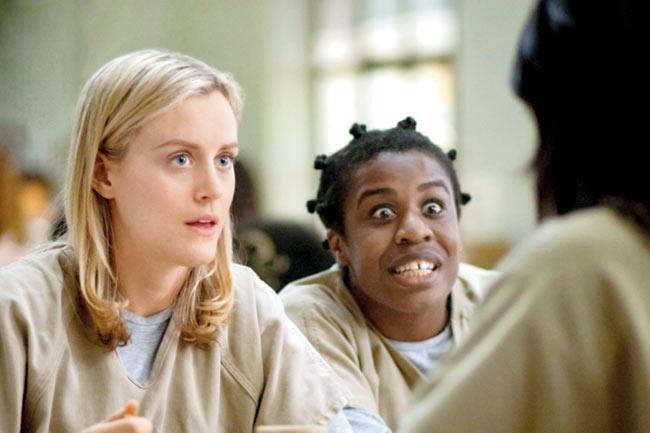
Orange Is the New Black
The protagonist learns her lessons the hard way and she isn’t the only one. So many stories are beautifully woven together. It’s like being street smart but not really having the freedom to walk on the street. Ironies galore!
Doctor Who (2005 — )
Pointers: Let’s just say, creating a cult is what this show is all about. It’s for the inner child — if you still have one — although it features grown ups for the most part.
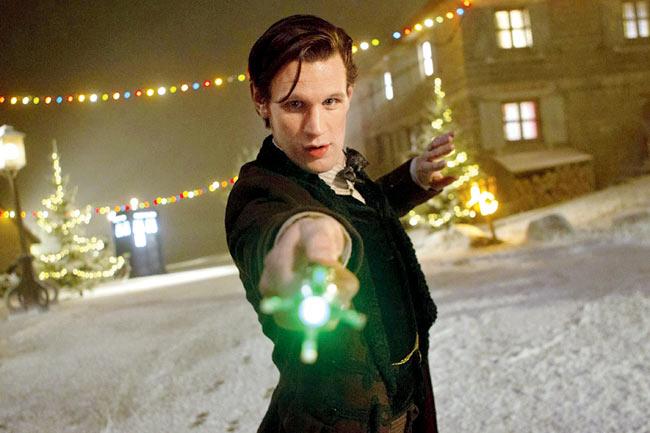
Doctor Who. Both the shows rely extensively on science for their content
Imagination runs free as the story includes every possible corner of sci-fi, be it time traveling, aliens, time warp and ilk. It could have been childish but it isn’t, which makes it so inspiring.
Entourage (2004 — 2011)
Pointers: It’s dramatic. It’s funny. It’s tear-jerking. It’s outrageous. It’s a complete package. The lesson to be gained here is how the characters’ personal and professional lives are so nicely balanced.
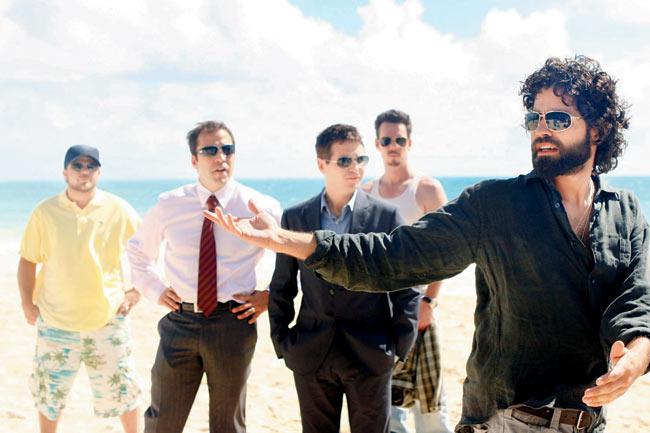
Entourage stars Adrian Grenier (front), Jeremy Piven, Kevin Connolly, Kevin Dillon and Jerry Ferrera
Why not have an Indian show depicting the lives of Bollywood strugglers who don’t get a job but still refuse to give up?
 Subscribe today by clicking the link and stay updated with the latest news!" Click here!
Subscribe today by clicking the link and stay updated with the latest news!" Click here!







